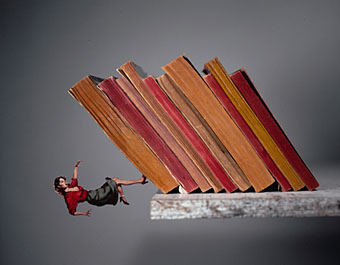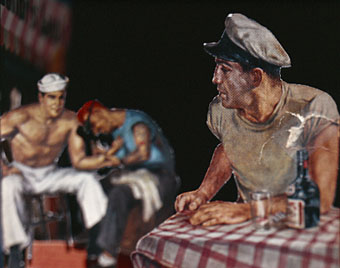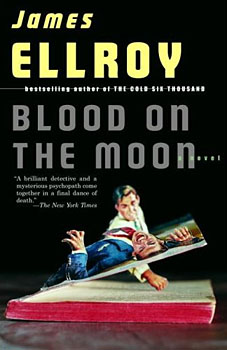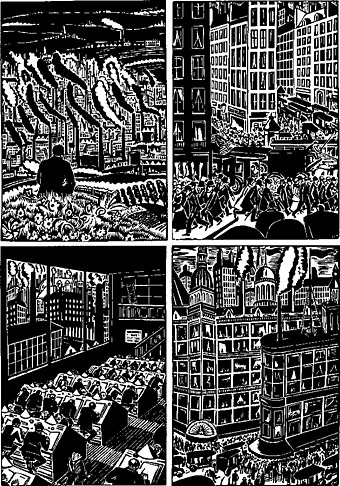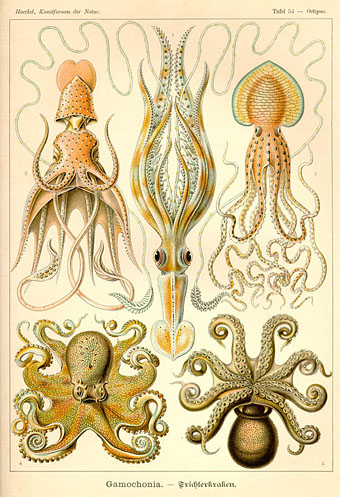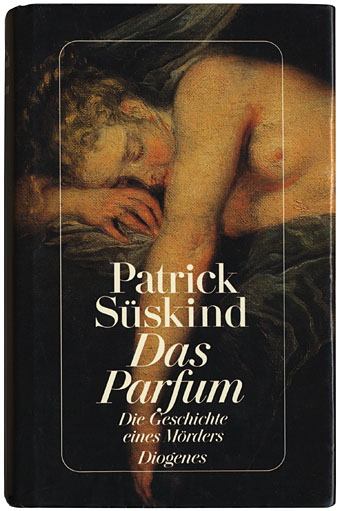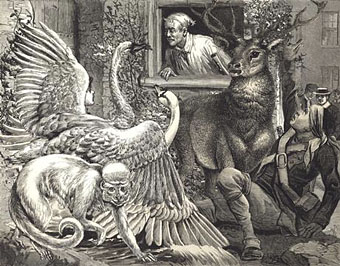
Take Me to Your Leda (2000).
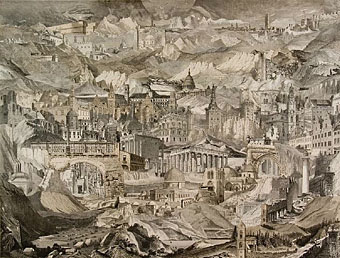
The City at the End of Time (2005).
I wrote about the history of the engaving collage in Sandoz in the Rain: the Life and Art of Wilfried Sätty, an article for Strange Attractor #2 (2005). I hadn’t come across Stephen Aldrich’s work at the time, if I had I would have mentioned him as being one of the artists continuing in this style after Sätty. You can see more of Aldrich’s work at the Foley Gallery, New York, and on Artnet.
Stephen Aldrich was born in Westfield, MA in 1947. In 1989 Aldrich began to explore the possibility of making collages from 19th Century illustrations and (Fredrick) Sommer, always one to “master the advantages”, asked Aldrich to cut engraved illustrations from text books in anatomy. This made it possible for Sommer to create hundreds of collages, and the medium became his principle form of artistic expression throughout the last decade of his life. During that time Aldrich continued to make his own collages with Sommer’s enthusiastic support and encouragement, and joined in a collaborative partnership with photographer Walton Mendelson to produce “collagraphs” (collages photographed) which were first exhibited at Turner/Krull Gallery in 1992. The partnership with Mendelson ended in 2002.
Elsewhere on { feuilleton }
• The fantastic art archive
Previously on { feuilleton }
• The art of Shinro Ohtake

